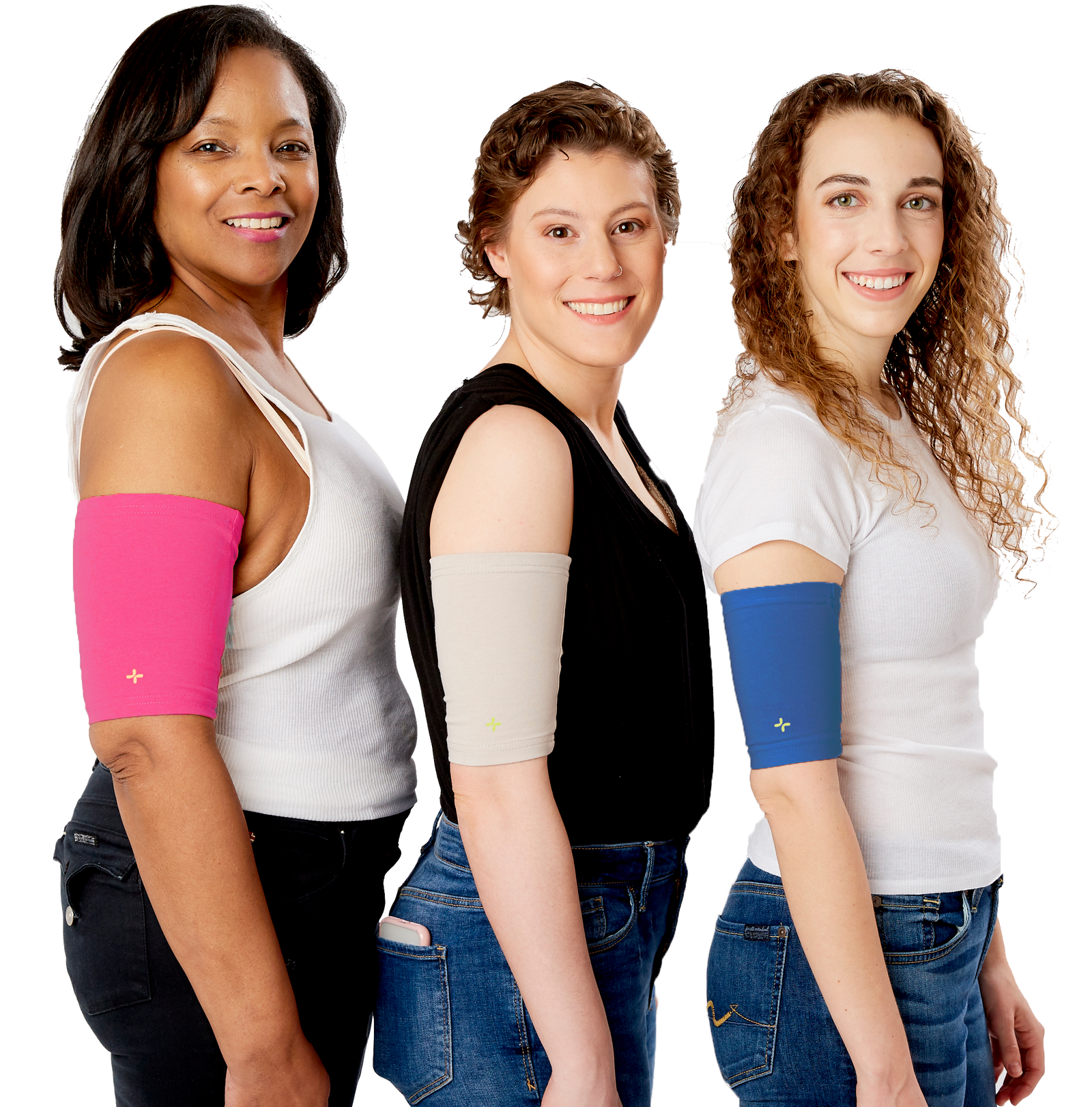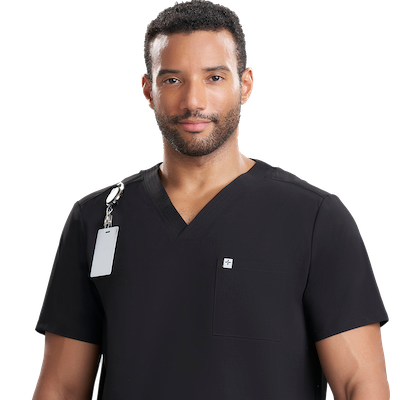Last week, we introduced you to tunneled catheters. Today, we’re going to talk about implantable ports!
What is an implantable port?
An implantable port is a thin, soft, hollow tube made of plastic that is inserted into a vein in your chest or arm. It has an opening just under the skin called a port. The port is a disc about 2.5 to 4 centimeters (1 to 1.5 inches) in diameter.
Are there any other names for implantable ports?
Implantable ports are sometimes called portacaths, subcutaneous ports, or chest ports.
What are some common types or brand of implantable ports that I might see?
By far the most popular implantable port is the distinctive purple PowerPort from Bard access systems. The Smiths Medical PORT-A-CATH is also a great option. The type or brand of port you receive is dependent on your medical professional and hospital.
What are implantable ports usually used for?
You can have chemotherapy, blood transfusions, antibiotics, and other drugs infused into your body through the port. Sometimes, ports are used when doctors or nurses find it difficult to get needles into your veins. Ports can also be used when you need to have blood tests. This means you won’t need to have needles put into your arms every time you have treatment. You can also go home with the port in, and leave it in for weeks, months, or even years.
Where is an implantable port inserted?
Your port is put in by a doctor or nurse using local anesthetic under your skin, usually in your chest about 1-2 inches below your collarbone. The attached tube on the port is tunneled under the skin of your chest or sometimes in your arm. One end of the tube goes into a large vein just above your heart. The other end connects with the port disc. This goes under the skin on your upper chest or arm.
Will I be able to see the port after it’s implanted?
You will be able to see a small bump underneath your skin where the port is.
Why do people choose implantable ports?
Ports are very useful for giving medicine directly into a vein over a long period of time. They are better than just using an intravenous (IV) line because:
- A port can stay in place for months or even years, if needed
- Certain drugs cannot be given through a standard IV, but they can be given through a port
- Ports have a lower risk of infection over time than devices like an IV that stick out through the skin
- You will not have to have needle sticks to get blood samples or to access your blood for treatments
What happens during the port procedure when the port is inserted?
Your port procedure will be done in a hospital by a specialist nurse or doctor. It's usually done in the operating room or an area called the vascular radiology unit. You will usually have a local anesthetic to numb the area. A general anesthetic is sometimes used. You may like to discuss the position of the port with your doctor, before it’s inserted.
A small needle will be put into a vein in your arm or hand and you'll have medicine to help you relax. Your nurse or doctor will inject a local anesthetic into your skin to numb a couple of small areas on your chest and neck. You might feel some pressure on your chest (or arm) during the procedure, but you shouldn’t feel any pain.
During the port insertion procedure, You will have two small cuts (incisions) made in your skin. If the port is put into a vein in your chest, it will be placed in an incision on your upper chest. If the port is put into a vein in your arm, it will be placed in an incision on the inner side of your arm. The incision will be about 3 to 4 centimeters (1 to 1.5 inches) long. There will be a smaller incision above this, usually less than 1 to 2 centimeters (0.5 to 1 inches) long.
The port will be placed under the skin. The tube attached to the port will be tunneled under your skin to the smaller incision where it will be put into a vein in your chest. The incisions are then stitched.
What happens immediately after the port procedure?
After the port procedure, you'll have a chest x-ray to make sure the port is in the right place. You may have a small dressing to cover the wounds for a day or so after the procedure. The nursing team will teach you how to look after this.
What things should I watch out for after the port procedure?
You may feel a bit sore and bruised for a few days after the port is put in. You can ask your doctor or nurse which painkillers you should take to help with this if you feel you need them. Immediately after the port has been put in, and for a few days after, check for any redness, swelling, bleeding, bruising, pain or heat around the wounds. Let your hospital doctor know straight away if you have any of these as these could be signs of an infection which may need to be treated.
How are implantable ports used?
The port can be used soon after it has been put in. The skin over the port can be numbed first with an anesthetic cream first so you don’t feel any discomfort. A nurse or doctor will pass a Huber needle through your skin into the port in order to administer the chemotherapy into the vein. This shouldn’t be painful, but you may feel a pushing sensation. The Huber needle connects to the catheter, allowing treatment to be given directly into the bloodstream or blood sample to be taken.
If you’re having a short treatment, the needle will then be removed. For longer treatments, you’ll have a dressing taped over the needle to hold it in place until your treatment is finished. The needle is then removed.
How should I be caring for my implantable port after the port procedure?
After each treatment, a small amount of fluid is flushed into the catheter so it doesn’t get blocked. The port will need to be flushed every four weeks if it’s not being used regularly. If you feel up to it, the nurses at the hospital will teach you how to do this yourself. They can also teach a relative, partner, or friend. A nurse can also do it for you at home.
If you have any questions or comments about implantable ports or our port shirts, feel free to email us at wecare@careandwear.com! If you’re interested in purchasing one of our port shirts to make using your port a little easier, check them out here.










Leave a comment (all fields required)